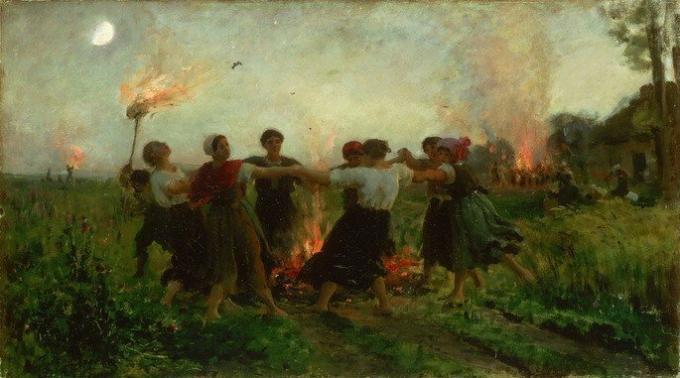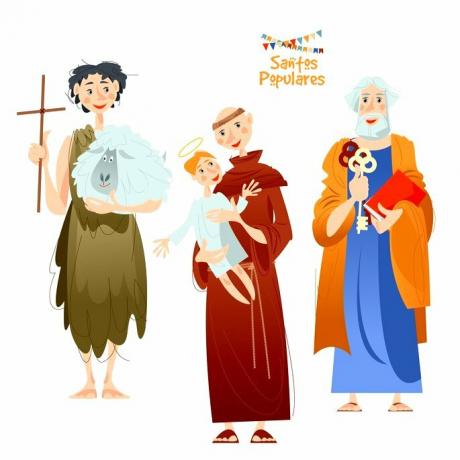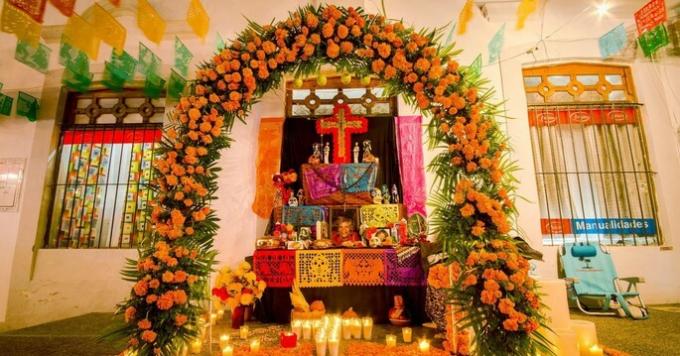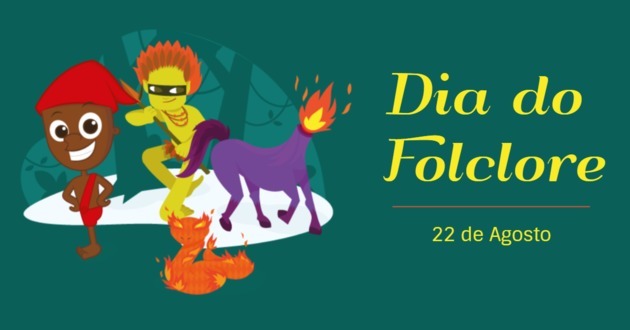Festa Junina is one of the most awaited celebrations by the Brazilian people, bringing together dance, decoration, clothing, music and typical foods.
Great symbol of the festivities in the country, this celebration, also known as festa, caipira is right behind Carnival in terms of relevance, constituting an important landmark of folklore in Brazil.
Pagan origin of the June festivities
Celebrated throughout Brazil, these festivities have diverse influences. Its origin is pagan, that is, in the beginning they had no relation to Christianity.
Before the Middle Ages, European peasant peoples gathered at a certain time of the year to celebrate the harvest and ask for protection. The moment chosen for the celebration was the Summer Solstice, which in the northern hemisphere occurs in June, unlike Brazil, which experiences the height of winter in the middle of the year.
People gathered around large bonfires and they danced for the entities of nature in rituals of fertility and thanksgiving, hence the custom of lighting bonfires at June festivals.

Incorporation by the Catholic Church
When the Catholic Church took power in Europe, it dominated sociocultural and political life during the Middle Ages. One of the strategies that Christianity found to convert people to the new faith was the incorporation of pagan elements and rituals.
Thus, this harvest festival turned into an event to honor Catholic saints, especially Saint John, Saint Anthony and Saint Peter.
Named “Joanina Party”, it referred to São João, honored on June 24. That's why it's also called the Feast of Saint John.

Who brought the Festa Junina to Brazil?
This celebration arrived in Brazil in the 16th century through the Portuguese in the colonization process.
Over time, it started to be called Festa Junina, alluding to the month of June, and to mix elements from other cultures, acquiring its own characteristics.
For example, traditional dance - the gang - has its origins in French noble dances. Already the "ribbon stick”, a dance performed by holding a satin ribbon around a wooden pole, comes from the Iberian Peninsula. Also comes from Portugal the custom of releasing balloons, currently banned in Brazil.
The decoration made with little flags it was initially stamped with figures of saints and today it is a traditional way of coloring the party.
In Brazil, the Festa Junina has as its typical cuisine foods made from corn, such as corn cake, couscous, pamonha, curau and popcorn, and it is still a way to celebrate the harvest of this food.

Festa Junina currently in Brazil
The June festivals as we know them today in Brazil have gained their own contours and are celebrated throughout the country, but they stand out in the Northeast region.
There are great June celebrations throughout the month of June, sometimes extending into July.
Campina Grande, in the state of Paraíba, and Caruaru, in Pernambuco, are cities famous for their huge June festivals. These festivities bring together many people from various places, contributing to the economy and appreciation of Brazilian popular culture.

You may also be interested:
- Junina Party Foods
- June parties
- Gang


